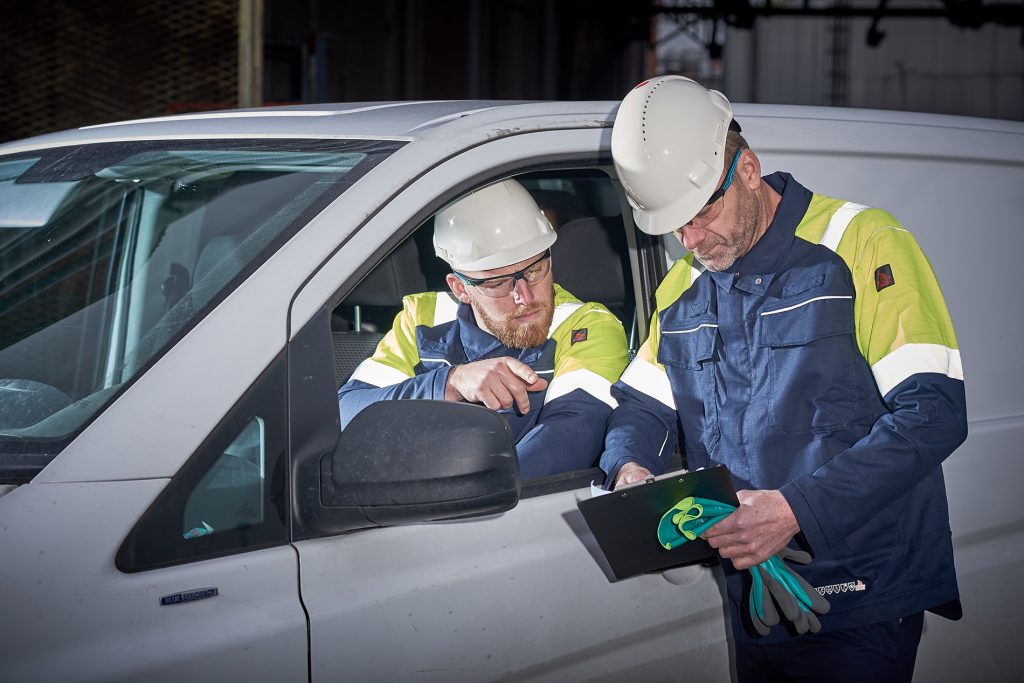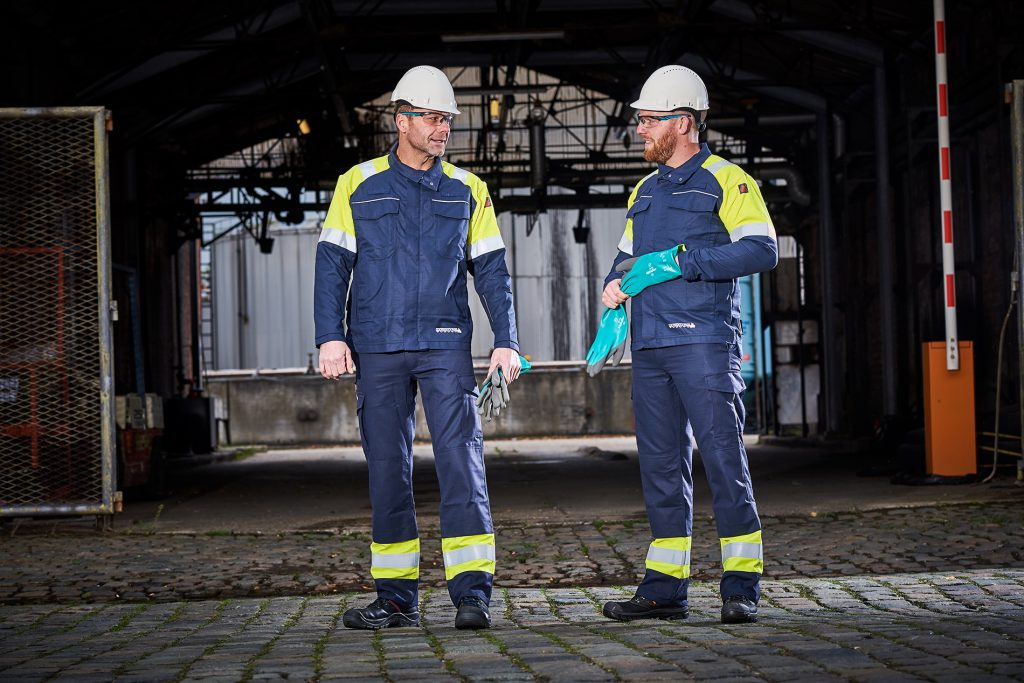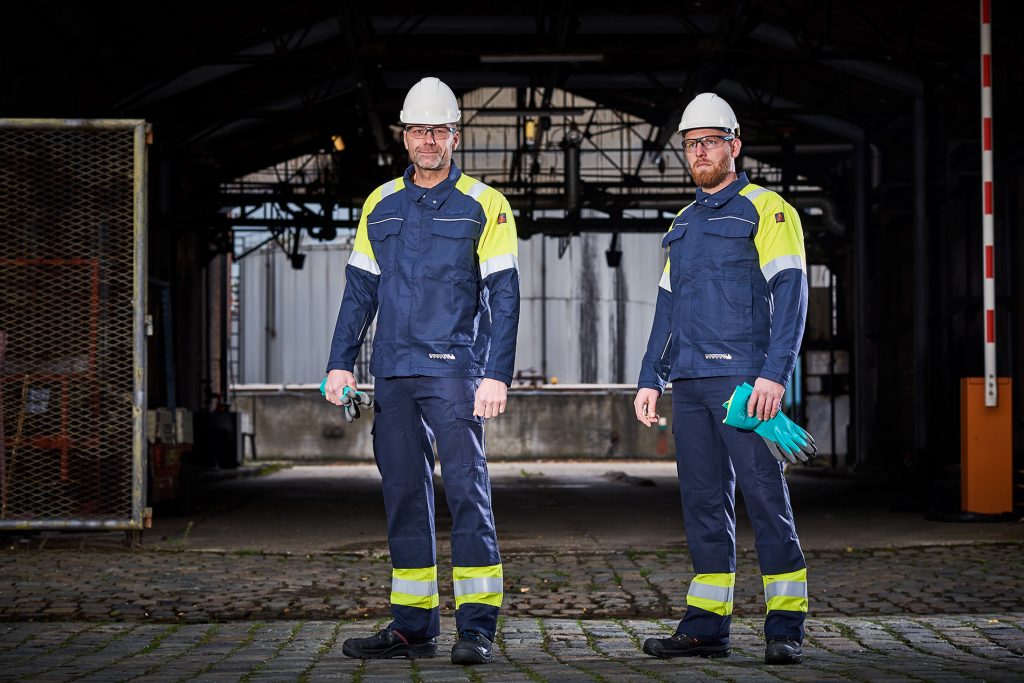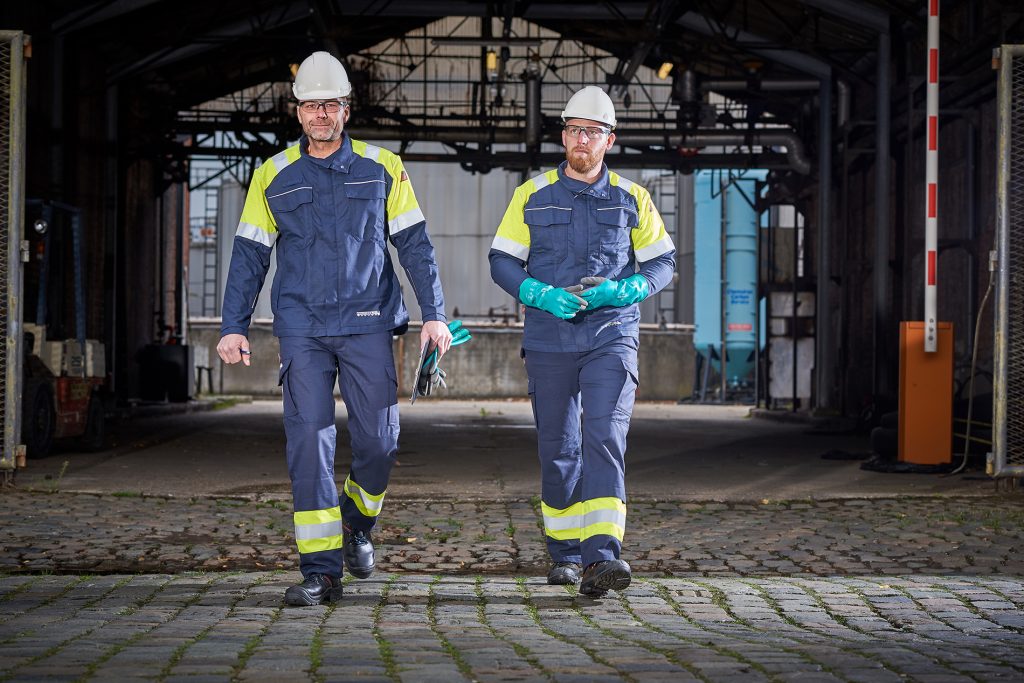Safety helmet construction; types and tips
For those who work in construction, the safety helmet is part of the standard equipment. Therefore, it is important that a safety helmet is worn comfortably. More importantly, the safety helmet should provide the right level of safety. Different working conditions may call for different types of safety helmets.
Not just the right construction helmet type is important for the safety of the wearer. The life of the construction helmet should be closely monitored. Good use and good maintenance ensure longer service life.
What should you pay attention to when choosing the right construction safety helmet, how to make wearing a safety helmet comfortable and when should you replace your construction helmet? We would like to tell you more about that on this page.
Advice on choosing the right safety helmet for construction
Would you like instant advice on choosing the right safety helmet for construction? Or do you have another question related to personal protective equipment? Then contact one of our advisers.
During weekdays, we can be reached by phone at: +31 184 43 44 55. Prefer to send an e-mail? You can do so via info@veiliggoed.nl or the contact form on our contact page.

Different types of safety helmets
Different working conditions require different types of head protection. The best known and most common type of helmet is, of course, the industrial safety helmet. The main purpose of this type of helmet is to protect against falling objects.
We list other types of helmets below:
Bump caps
Bump caps offer protection from stationary objects.
Climbing helmets
Climbing helmets are helmets with chin straps, to be used for specific purposes.
Hairnets
Hair nets are used for hygiene or for protection from rotating parts.
Hats & hoodies
This type of head protection provides protection for the head against cold or liquids.
Welding caps & monk caps:
Welding caps and monk hoods specifically provide protection from welding spatters.
Safety helmet standards
Different standards apply to safety helmets. For the (industrial) safety helmets, including the safety helmet for construction falls under, standardisation 'EN 397'.
The other type of safety helmets have the following standards:
- EN 812: Industrial bump caps
- EN 14052: Industrial safety helmets with a high protection level
- EN 12492: Helmets for mountaineers
- EN 50365: Electrically insulating helmets for use at low voltage installations

Importance of good comfort
As the head is a very vulnerable part of the body, proper protection is extremely necessary. When a helmet can be worn comfortably, it is an important incentive to use it.
Because when wearing a safety helmet does not feel comfortable, it can have a negative impact on its use. Indirectly, comfort is therefore important for body protection.
Factors affecting comfort include;
- The weight of the helmet;
- Ventilation capacity of the safety helmet;
- Quality and the comfort of the headbands.
Are you looking for a high-comfort safety helmet for you or your employees? Let one of our advisers inform you about the possibilities.
By providing customised solutions, we supply construction safety helmets that you will want to wear even outside working hours.
Lifespan of a construction safety helmet
The service life of a construction safety helmet depends on several factors. Of course, on the quality of the construction helmet. But also on maintenance and use.
On average, a construction helmet will be about three to five years last. Want to know how old your construction helmet is? All manufacturers state the production date in the shell of the helmet.
So proper use and proper maintenance extend the life of the safety helmet. You maintain the safety helmet properly by cleaning it regularly, but not with solvents or abrasives.
With most construction safety helmets, it is possible to replace the interior and sweat bands, do this with some regularity.
Can't get the helmet to clean properly anymore? Then it is most likely time for a new safety helmet.
Get advice from Wijngaarden VeiligGoed
We provide non-binding advice on selecting the right helmet for the situation in which you or your colleagues work. In our view, selecting the right helmet is not optional. Because selecting the wrong helmet can have major consequences.
That is why we take our advisory role very seriously and always try to go for a selection of the safest protective equipment together with our customers.
Want to meet or receive advice on selecting or using the right safety helmet for construction? Feel free to contact us. Wijngaarden VeiligGoed is also the specialist for advice and supply of other PPE.
We are one of the largest PPE suppliers in the Netherlands. More about us and our added value for our customers in the field of safety? Then read on to our page 'about us'.

Frequently asked questions safety helmet construction
What are the safety standards for construction helmets?
Construction helmets must comply with European standard EN 397. This standard specifies the physical and performance requirements, test methods and markings required for industrial safety helmets.
How long does a construction safety helmet last?
The lifetime of a safety helmet depends on its use and exposure to conditions such as sunlight and chemicals. It is generally recommended to replace a helmet every 3-5 years, or sooner if there is visible damage or ageing.
Can stickers be put on safety helmets?
Yes, but it is important to check that the stickers' adhesive does not affect the helmet. Use stickers approved by the helmet manufacturer and avoid covering warning labels or safety markings.
Should a construction safety helmet be replaced after a hard hit or fall?
Yes, after a significant impact, a safety helmet should be replaced, even if there is no visible damage. The impact can reduce the helmet's integrity, reducing its protection.
Is it compulsory to wear a safety helmet on construction sites?
Yes, on most construction sites it is compulsory to wear a safety helmet as part of personal protective equipment (PPE). This is to prevent or minimise head injuries.
Can safety helmets be personalised?
Yes, we offer several options for personalisation. Where, of course, we ensure that the personalisation does not affect the safety of the helmet.
How should a safety helmet be stored and maintained?
Store the helmet in a clean, dry place out of direct sunlight and extreme temperatures. Clean the helmet regularly with mild soap and water and inspect it for damage or wear.

Our advisors are happy to help you or make an appointment if you wish.
Phone: +31 184 434 455
Mail: info@veiliggoed.nl
